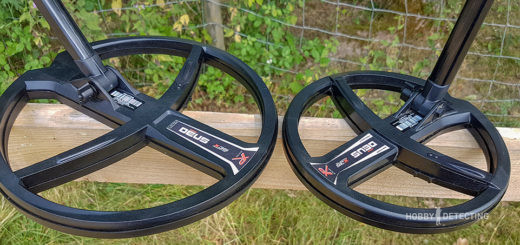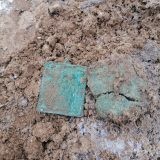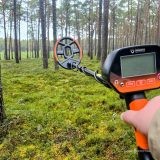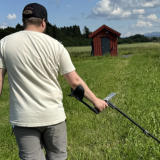The NFD90 Detector: A Unique Tool for Treasure Hunters (Review, Thoughts +)
Digging in places of old settlements and other iron-infested sites can be very interesting and produce many interesting finds, but finding the right detector for this task can be as challenging as finding the treasures themselves. Therefore, we will take a look at the NFD90, a one-of-a-kind metal detector from Ukraine that may change the way you look at detecting iron-infested sites. This self-made marvel stands out not just for its functionality but also for its unique design and approach to metal detecting.
Three Versatile Modes for Every Terrain
The NFD90 operates at a frequency of 90kHz, and it can be set to three distinct modes: dynamic, static, and auto.

Each mode is designed to cater to different detecting needs, allowing users to adapt to various environments. The dynamic mode is perfect for general searching, giving a balanced response to metal objects under the soil. Static mode offers precision, ideal for zeroing in on a target when you suspect something valuable beneath. Auto mode, the most intuitive of the three, adjusts the detector’s sensitivity and signaling based on the immediate conditions. This adaptability makes the NFD90 especially useful in areas that require a nuanced approach to detecting.
A Customizable Design
What sets the NFD90 apart is its design choice. Unlike most detectors that come with a shaft from the factory, the NFD90 provides just the unit itself and the coil. This design choice might seem unconventional but it allows for personal customization.

Users can choose a shaft that best fits their height, grip, and style of detecting, making the NFD90 a more personalized tool.
Audio Feedback System
One of the features of the NFD90 is its adjustable threshold with audio feedback that enhances detecting accuracy. Users can tune the threshold to a faint background hum, which goes silent in the presence of iron and buzzes high-pitched tones for more valuable metals like silver, for all the tiny silver coins out there.

This feature is very convenient in places like old settlements, where iron debris is everywhere, and good targets are mixed in between. The NFD90 thrives in such conditions, distinguishing between worthless and worthy finds with impressive precision.
Tailored for Difficult Conditions
The NFD90 shines through in highly littered places, where other detectors struggle to differentiate between debris and coins. Its high-frequency capabilities and excellent iron-target separation mean that even the most combed-over sites can reveal new secrets. Whether it’s an ancient settlement littered with iron nails or something similar, the NFD90 is designed to pinpoint the treasures that other detectors might miss in-between old settlement “trash”.
Nuances and Considerations
While the NFD90 is a great tool, it comes with its nuances. Since it does not include headphones or has an external audio response unit, users will need to invest in a pair if they don’t already own one.
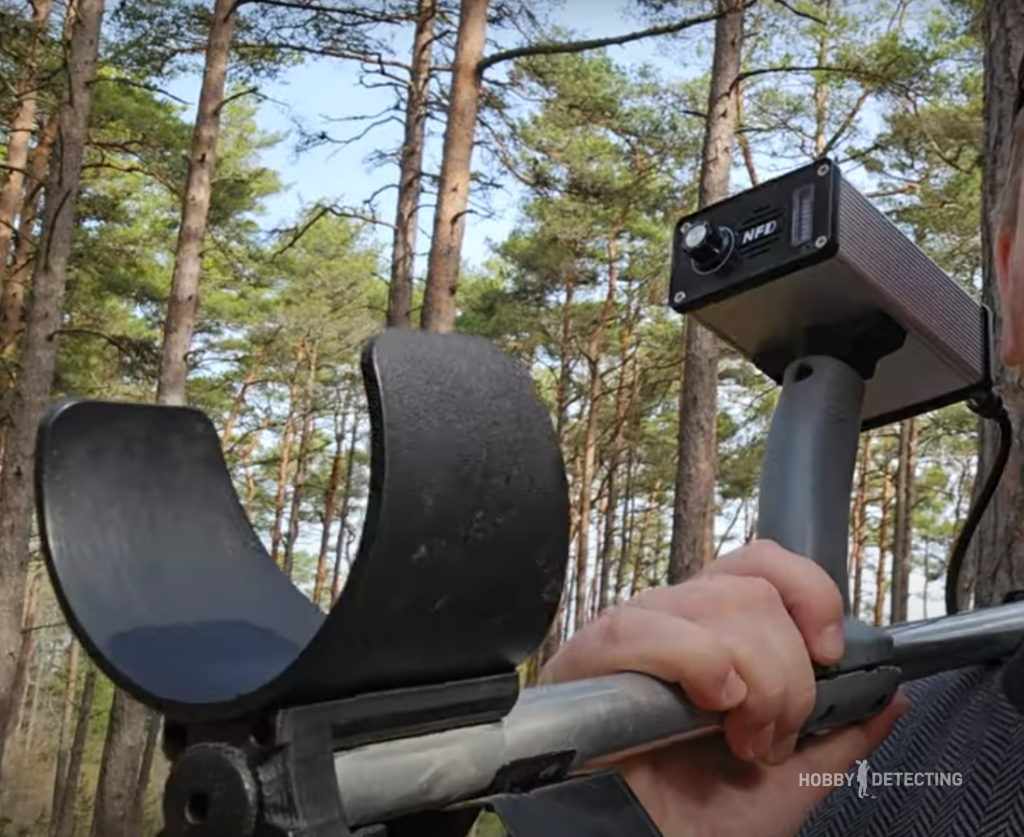
This is a small consideration when measured against the detector’s adaptability and precision.
Want a Review?
As innovative as the NFD90 is, its unconventional features call for real-world testing. Should we conduct a ground test with various items to see how well it separates them under controlled conditions? Or should we take it straight to the field, challenging it with the unpredictability of an actual hunt? Your input is invaluable! Leave your comments below and help us decide how we should test it.

The NFD90 is not just your usual metal detector; it can be a game-changer for some detectorists! With its shaft options, versatile detection modes, and superior target separation, it’s designed for the adventurous treasure hunter. So, gear up, customize your NFD90, and get ready to uncover history’s hidden gems like never before!
As usual, I’ll be happy if you leave a comment below with your thoughts or wishes for future reviews, and if there are any questions do not hesitate to fire away in the comment section! What do you think about this self-made detector?

